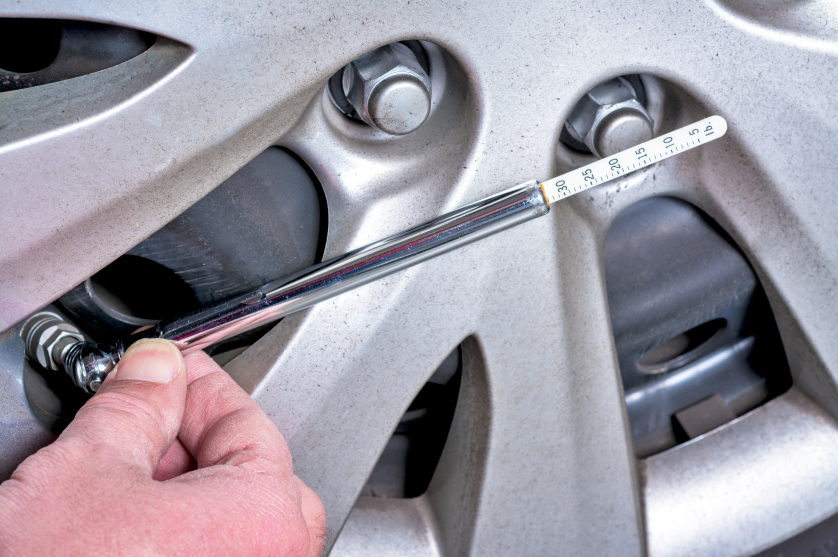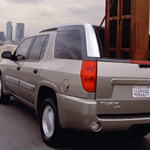
The expense of keeping good-condition tires on your car could as much as double if you fail to give the tires the love and attention they deserve. The primary causes of rapid tire wear are improper inflation, incorrect wheel alignment, incorrect wheel balance, wrong size for car and load, defective shock absorbers, and poor driving habits.
Because modern tires give us so little trouble, we often forget about them until they are damaged. A good practice is to check tire pressure every week or two, prior to a long trip, and if you are driving from a relatively hot climate to a cold climate or vice versa–and in temperate climates, when seasons change. Tires should always be checked when they are cool. Properly inflated tires at one temperature could suddenly become overinflated or underinflated as temperature changes. In fact, a tire can lose about one pound per square inch (psi) of pressure for each 10-degree decline in temperature.
 A sound investment is an accurate tire-pressure gauge, which can be purchased for a few dollars. Do not rely on the accuracy of a gauge that may be mounted on the air hose at a gas station. Such gauges often are mistreated—run over and dropped—and are known to be inaccurate. Here’s how to check your tire pressure in a few, easy steps:
A sound investment is an accurate tire-pressure gauge, which can be purchased for a few dollars. Do not rely on the accuracy of a gauge that may be mounted on the air hose at a gas station. Such gauges often are mistreated—run over and dropped—and are known to be inaccurate. Here’s how to check your tire pressure in a few, easy steps:
The Three Biggest Tire-Shopping Mistakes
How to Check Your Tire Pressure
- Find the recommended tire pressure on a sticker mounted on a doorjamb in your car, inside the glove compartment, or in your owner’s manual.
- Locate the tire air valve on the wheel.
- Unscrew the cap on the air valve counterclockwise by hand.
- Fit the end of your tire-pressure gauge over the tire air valve. Press down to obtain a pressure reading in psi.
- Read the tire air pressure indicated on the gauge.
- If the air pressure is correct, reinstall the tire air-valve cap.
- If the tire pressure is too high, depress the pin in the center of the valve to release some air. Recheck the tire pressure with your gauge. Repeat, letting out a little air at a time, until the pressure is correct.
- If the tire is underinflated, place the end of the compressed-air supply hose over the tire’s air valve. If the nozzle of the air supply hose is equipped with a lever, squeeze it to release air into the tire.
Once you get the hang of checking the air pressure in your tires, it should be only a small inconvenience to do so on a regular basis.
Note: Never deflate tires when they are hot just because they indicate an overinflated condition. When they cool, they will return to their normal inflation pressure.
Extra Credit: Consumer Guide Goes to Teen Defensive-Driving School


